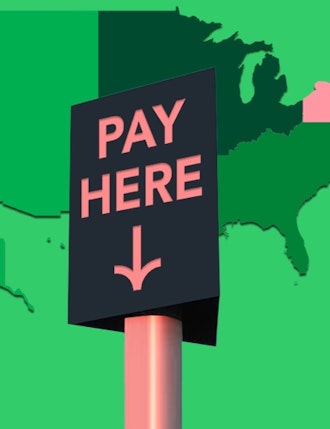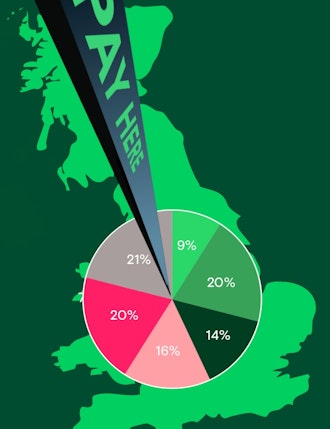The retail sector has already embraced a degree of automation and unattended payment systems in the form of self-checkout kiosks that are commonplace across supermarkets, convenience stores and other retailers.
Whilst it is still necessary to have some staff presence to manage any issues customers encounter with these systems, and to make approvals for age restricted product groups such as alcohol, these systems have significantly reduced friction for retail customers where these options are present.
Others might have come across the option to order and pay for food with a touchscreen, deferring human interaction until food is handed over the counter or delivered to the table. Such systems are used by, amongst others, McDonalds who began the mass roll out of touchscreens to restaurants in 2015. Pay at pump options for car fuelling is another widespread deployment of this technology as are card enabled vending machines.
A much smaller group of customers has encountered an even lower friction retail experience with Amazon’s Just Walk Out technology. Before entering the store, customers scan a payment card and can then enter, pick up the items they want and walk out without any checkout process at all. The system uses a combination of technologies including AI enabled image recognition to identify the items the shopper has purchased, and then automatically debits their account.
Such automated retail systems offer advantages for both the retailer and the customer. For the retailer, staff can be redeployed elsewhere in the store, ensuring stock levels are maintained, answering customer queries and ensuring that the store is kept clean and tidy. For the customer, this means a quicker more efficient shopping experience in a world where time is a precious commodity.
Underpinned By Payment Technology
These low and no friction shopping experiences are underpinned and enabled by unattended payment technology. This doesn’t mean just the physical point where the customer scans a payment card, smart device or pays via app, it means the whole payment infrastructure that sits behind this, enabling quick and efficient payment orchestration.
These systems not only need to be secure to ensure customer trust, and fast to ensure customer satisfaction, but they also need to be flexible and scalable. Why? Because retail automation is progressing at pace. As noted above, Amazon has already eliminated checkout points and scanning barcodes on items by using AI, and it’s hard to believe that other businesses will be far behind them leveraging a mix of technologies to deliver what they perceive to be the optimal buying experience for their customers. Amazon have also been leaders in implementing biometric technology at the checkout. Amazon One allows customers to pay for goods using palm recognition. The technology has proved popular with 3 million uses of the technology already recorded. Another great example of retail automation technology is radio frequency identification (RFID). The technology was originally used for inventory management, but has now been built into checkout processes where it automates price calculation and has reduced checkout times by up to 50%.
For McDonalds, touchscreens help them to deliver orders more accurately and with greater speed, allowing them to fulfil their brand promise to their customers. Speed might be a lesser consideration for a more premium brand, but utilising a touch screen to showcase lots of options to a potential customer, combining tailored advice and product selections on the basis of previous consumer behaviour could help them deliver a standout experience. With the Internet of Things (IoT) evolving at pace, who knows how retailers will leverage these technologies to deliver standout interactions to their customers and where the payment touchpoints will occur within this mix.
A flexible payment gateway that can adapt to shifting payment technologies, customer requirements, and deployments in varied environments quickly becomes the backbone of these retail experiences, and future proofs it as it develops. Effective and efficient payment orchestration is also key, allowing payment to flow between the customer and merchant with ease.
A payment system like this based in the cloud gives retailers fast and secure access to data so that they can make well informed decisions about their business and also deliver tailored experiences to their customers.
The whole picture
Payment technology is critical, not only to enable retail automation but to give retailers the rich data they need to understand their customers, their market and to deliver the right kind of experience to them at the right moment, giving them a whole end to end picture of what’s happening in their stores, restaurants or service locations. Flexibility in these systems is vital to ensure futureproofing and to ensure that however and wherever retailers want to engage their customers they can do so.
Interested in reading more around this subject? Here are some useful articles…













